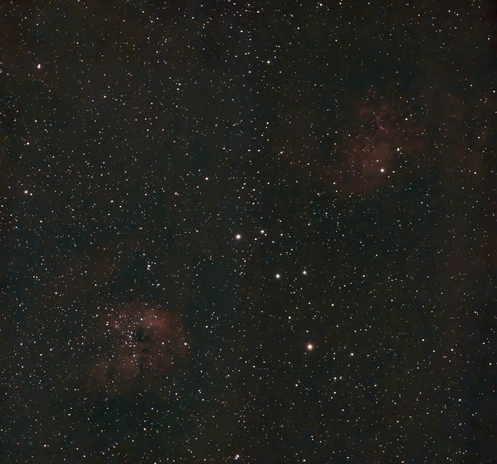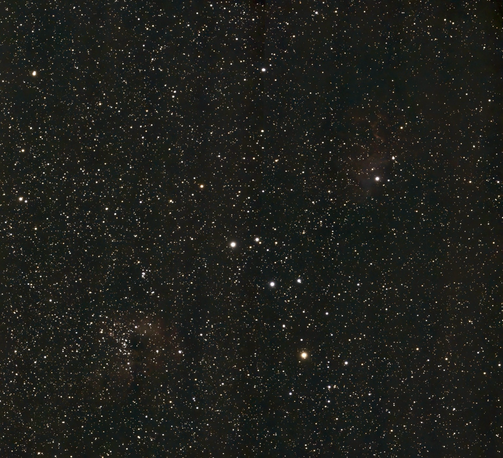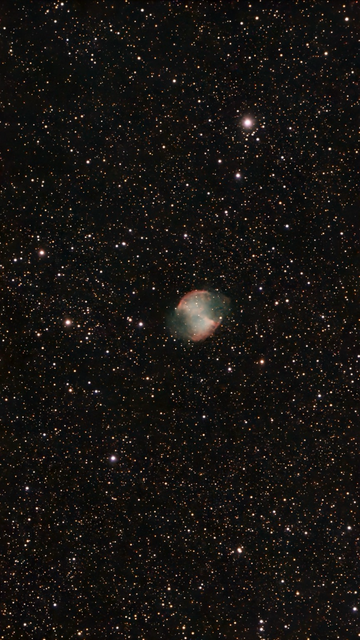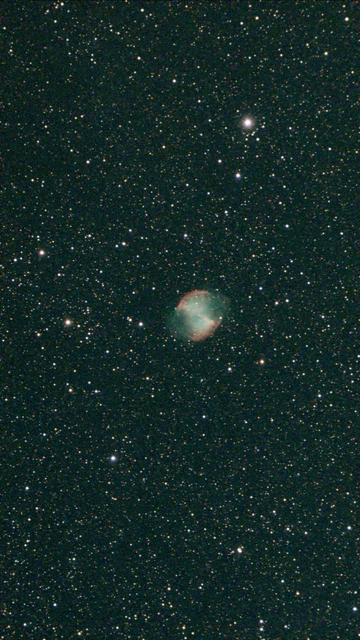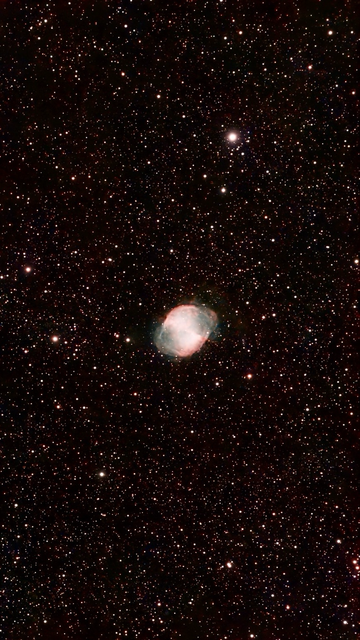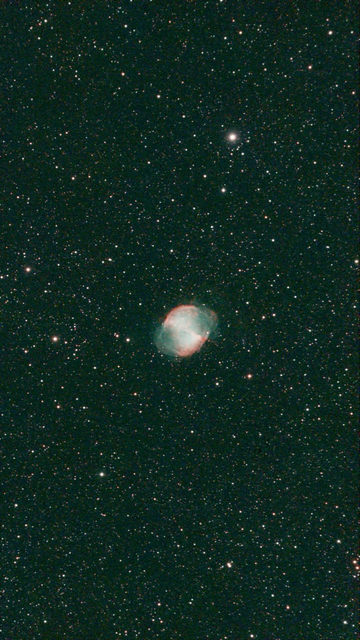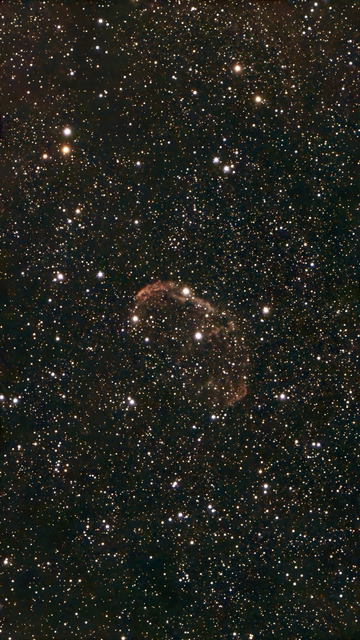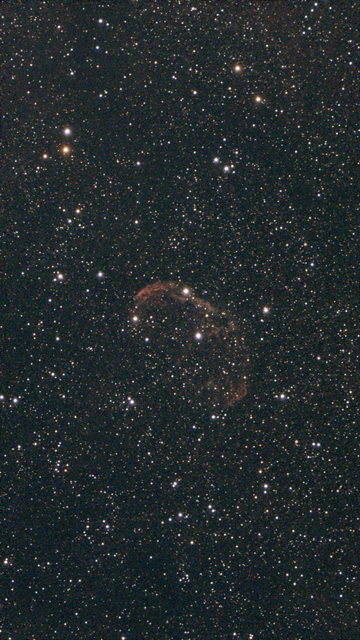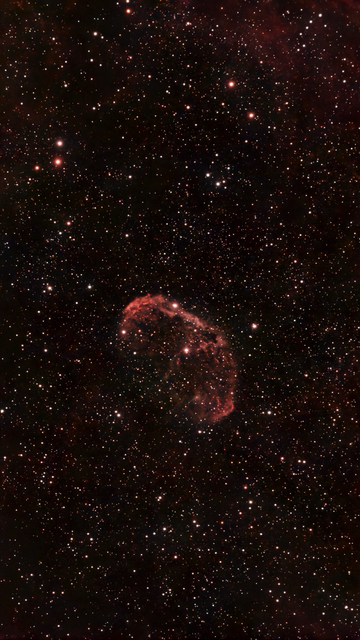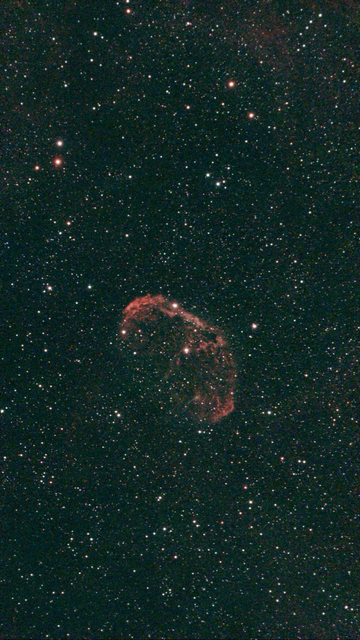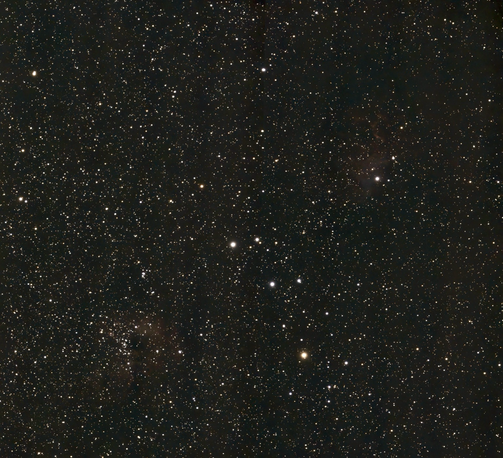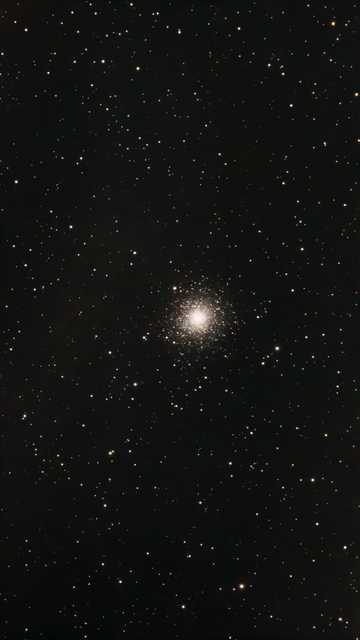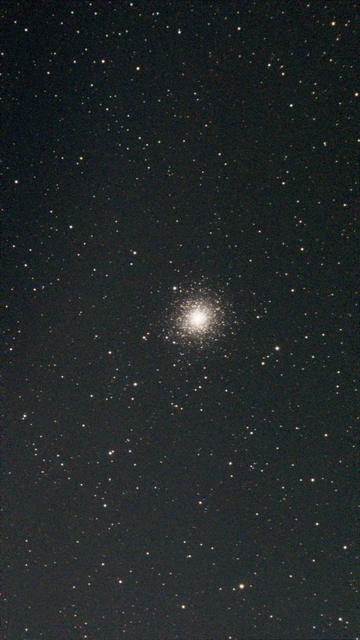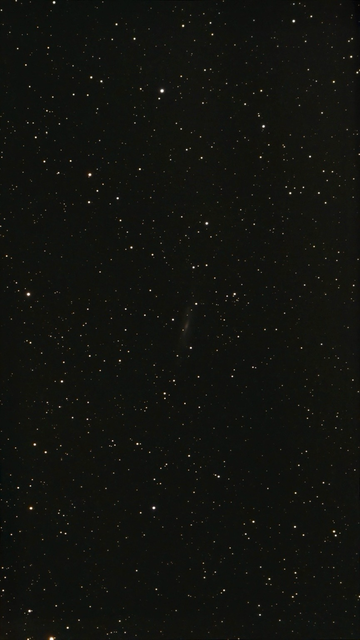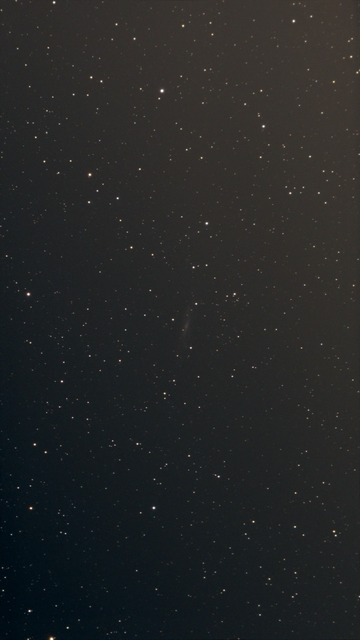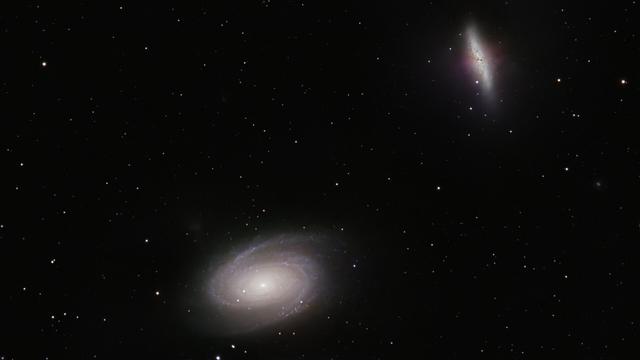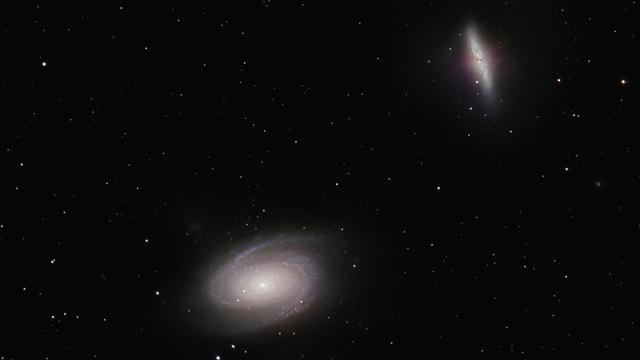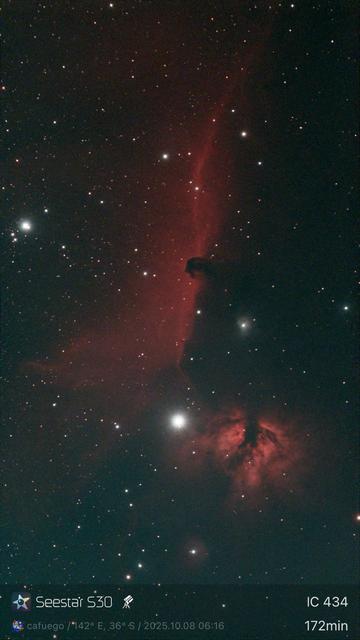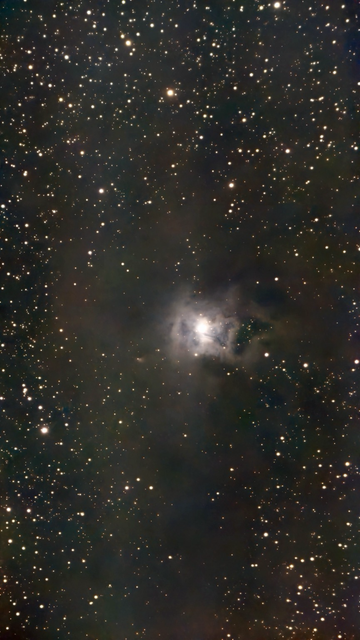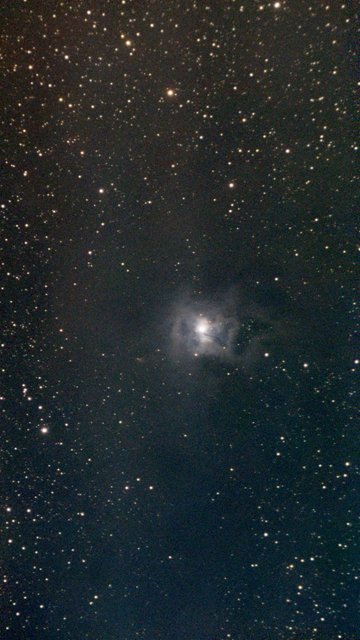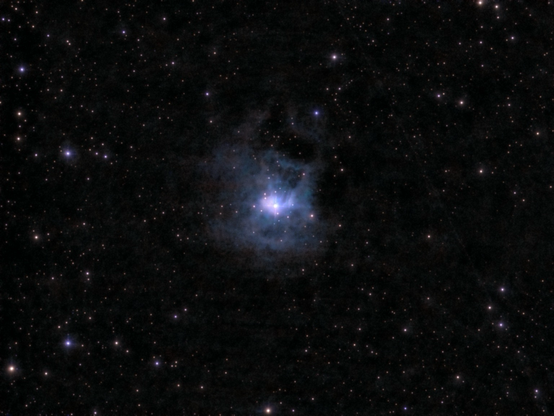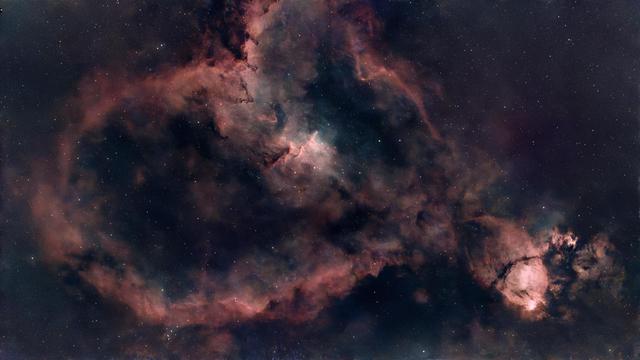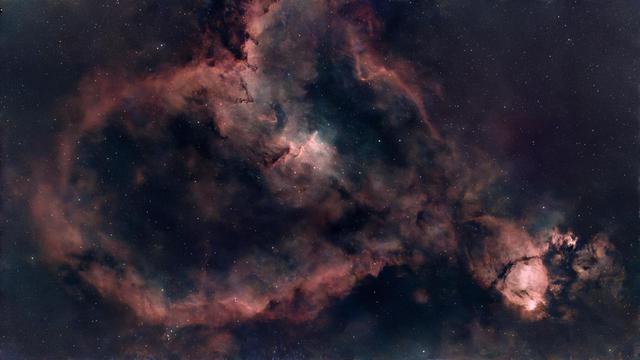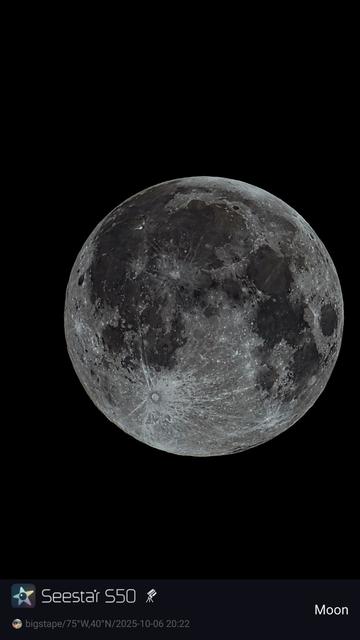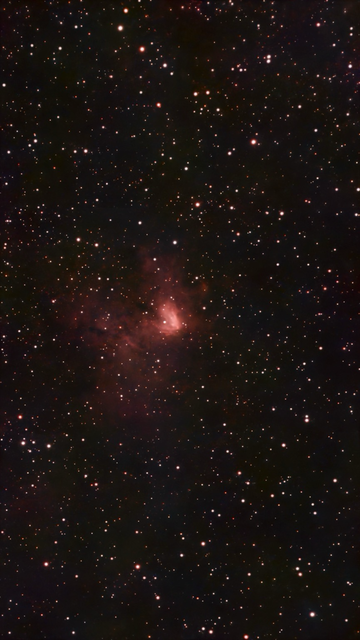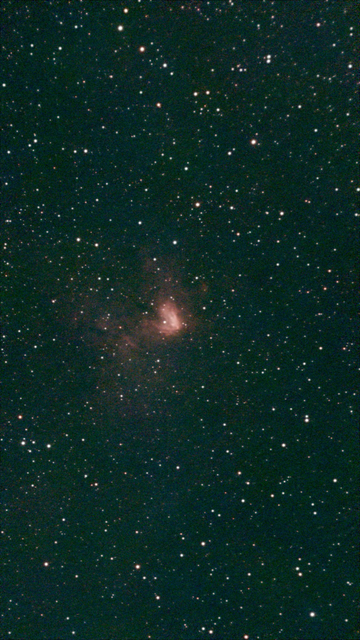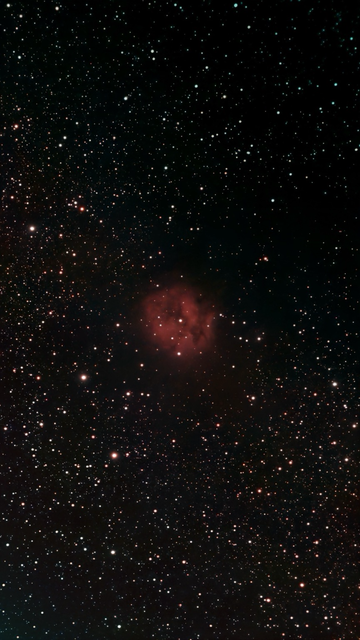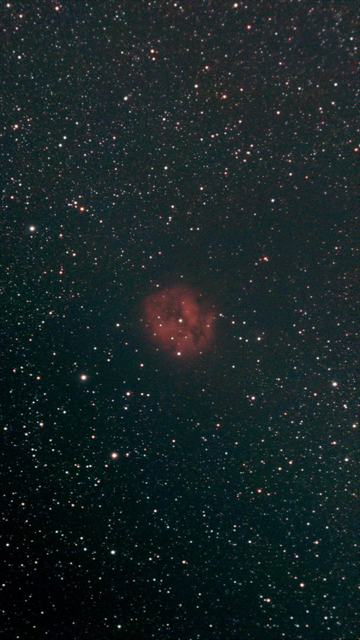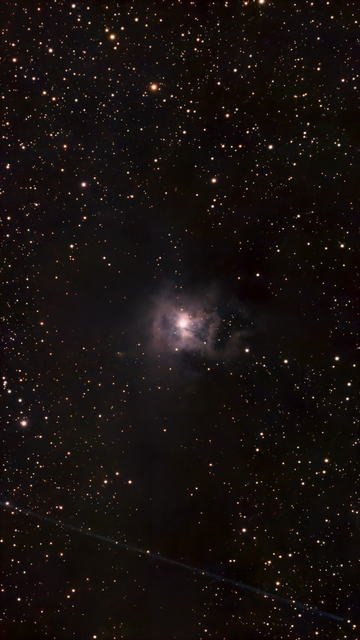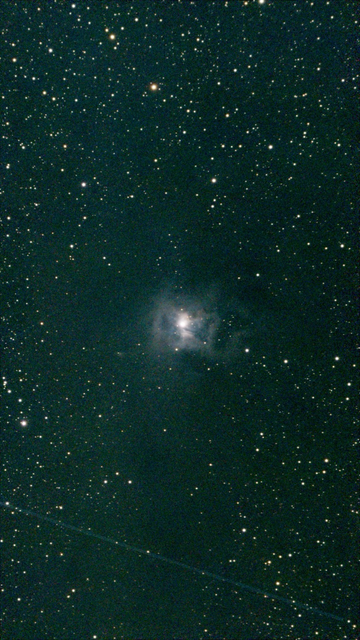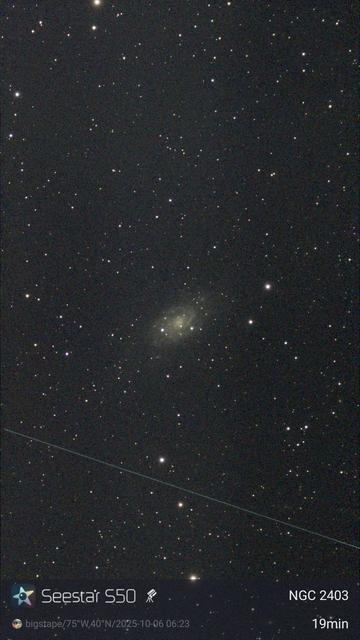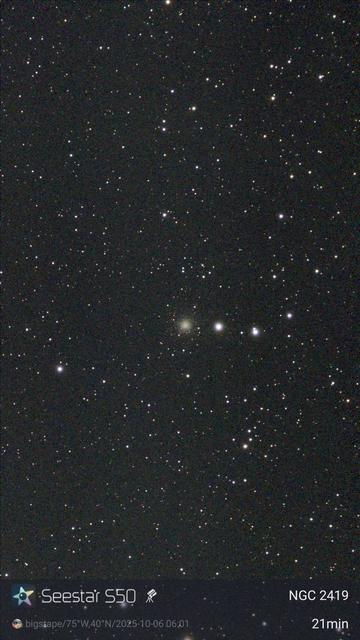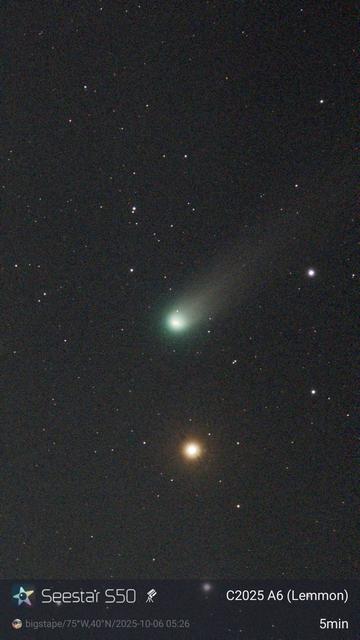Here are my results imaging the area around the Auriga Consteleation. Joined 2 mosaic images to get 1 big image, this time with the light pollution filter. On the bottom left you can make out #NGC1893 with its open #star #cluster. On top right you can see #AEAurigae. This time you can see the nebula - tinted red though. Below is yesterday’s image. Tomorrow will try again with my new glass filter. #seestar #S50 #space #astronomy #amateur
#seestar
Continuing to test the results of the using the Optolong Moon SkyGlow 2" Mounted Filter, decided to go relook at #M27 - #DumbellNebula. First set of images are using the filter from last night. Not a perfect comparison as the first set of images were a 23+ minutes observation with 20 second exposures, while the second set is at 27+ minutes observation with 10 second exposures. The latter seem a bit over exposed I feel. #seestar #S50 #space #astronomy #amateur
Received in the mail yesterday a Optolong Moon SkyGlow 2" Mounted Filter for the s50. Also purchased a dew shield (with additional accessories) on Etsy. Here is a comparison test between the actual filter and the s50 onboard light pollution filter. Test subject - #NGC6888 #TheCrescentNebula. #seestar #S50 #space #astronomy #amateur
Me gusta estar en contacto con los desarrolladores de #apps.
Recién inicié un buen intercambio de experiencias con John Stephen, creador de #LuminosPro, una de las mejores aplicaciones para #astronomia que disfruto mucho de usar en el #iPadPro. Es probable que en un par de versiones mas, se pueda interconectar el #SeeStar a esta app, y controlarlo desde ahi. Por lo pronto, ya le di argumentos para comprarse un S30.
Looking in the sky atlas portion of the s50 app and noticed this area around the Auriga Consteleation. Thought this would be a nice opportunity if a large mosaic. Well, forgot to put on the light pollution filter. Still this is a nice starfield image that I can use for comparison later. On the bottom left you can barely make out #NGC1893 with is open #star #cluster. On top right you can see #AEAurigae. Both have #nebula around them. #seestar #S50 #space #astronomy #amateur
Good Wednesday morning. Left the s50 out this morning to get some more observations before the weather turns bad again. First up is #NGC7640 #galaxy. Not a very impressive picture - 216 stacked images at 20 seconds each. Galaxy is barely visible. In the unprocessed image it seems that the Andromeda Galaxy may be affecting the imaging. #seestar #S50 #space #astronomy #amateur
ZWO Seestar S50.
250mm, f5, 1220 exposures of 10’’.
#telescope #telescopes #zwo #zwoasi #zwoseestar #zwoseestars50 #seestar #seestars50 #astro #astrophoto #astrophotos #astrophotography #astrophotographer #spacephotography #astronomy #spaceexploration #nasa #universe #space #deepsky #deepspace #galaxy #galaxies #bode #bodegalaxy #cigar #cigargalaxy #m81 #m82 #messier81 #messier82 #messier
M81 Bode's Galaxy and M82 Cigar Galaxy.
ZWO Seestar S50.
250mm, f5, 1220 exposures of 10’’.
#telescope #telescopes #zwo #zwoasi #zwoseestar #zwoseestars50 #seestar #seestars50 #astro #astrophoto #astrophotos #astrophotography #astrophotographer #spacephotography #astronomy #spaceexploration #nasa #universe #space #deepsky #deepspace #galaxy #galaxies #bode #bodegalaxy #cigar #cigargalaxy #m81 #m82 #messier81 #messier82 #messier
Never believe the cloud forecast. The only clouds are hydrogen clouds ;-)
Anyhoo, Orion is back in the morning sky and therefore the horse head nebula is too!
So I answered my question from yesterday of what a whole night observation of #NGC7023 #TheIrisNebula with th s50 would look like. From 7:30 PM to 4:30 AM. 1221 stacked 20 second exposure images. The last image shared is an observation of the Iris Nebula from April 2025. #seestar #S50 #space #astronomy #amateur #unistellar #odysseypro
IC1805 - Heart Nebula.
ZWO Seestar S50.
250mm, f5, 720 exposures of 10’’.
#telescope #telescopes #zwo #zwoasi #zwoseestar #zwoseestars50 #seestar #seestars50 #astro #astrophoto #astrophotos #astrophotography #astrophotographer #spacephotography #astronomy #spaceexploration #nasa #universe #space #deepsky #deepspace #nebula #heart #heartnebula #ic1805
ZWO Seestar S50.
250mm, f5, 720 exposures of 10’’.
#telescope #telescopes #zwo #zwoasi #zwoseestar #zwoseestars50 #seestar #seestars50 #astro #astrophoto #astrophotos #astrophotography #astrophotographer #spacephotography #astronomy #spaceexploration #nasa #universe #space #deepsky #deepspace #nebula #heart #heartnebula #ic1805
A full moon to start off spooky season. #astrophotography #seestar #moon
Last observation on the s50 planner from last night. Here is #NGC1491 #TheFossilFootprintNebula. #seestar #S50 #space #astronomy #amateur
The second observation from last night on the s50 is #IC5146 #TheCocoonNebula. This image also makes me wonder what the results would be of leaving it overnight. #seestar #S50 #space #astronomy #amateur
Good Monday morning. Left the s50 outside yesterday performing 3 observations. First of these observations is #NGC7023 #TheIrisNebula - yes again. This time the stack duration is 843 images. Still make me wonder what would show if I left it out all night viewing this nebula. #seestar #S50 #space #astronomy #amateur
Meet the neighbors. Galaxy NGC 2403, eight million light years away, in the morning twilight. #astrophotography #seestar #ngc2403
Globular cluster NGC 2419 is nicknamed the Intergalactic Wanderer because, at 300,000 light years away, it was once thought to not be orbiting the Milky Way. Instead, its orbit takes about 3 billion years. #astrophotography #seestar #ngc2419
Comet C/2025 A6 (Lemmon) sliding past 3rd magnitude star Tania Australis. #astrophotography #seestar #comet #c2025a6
